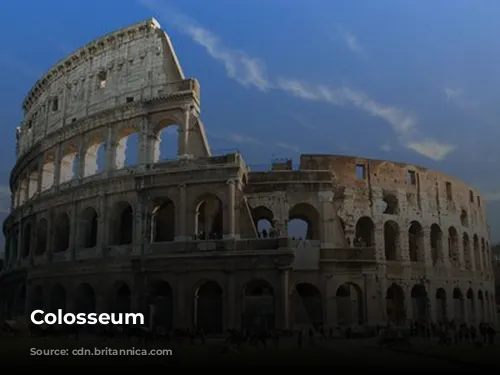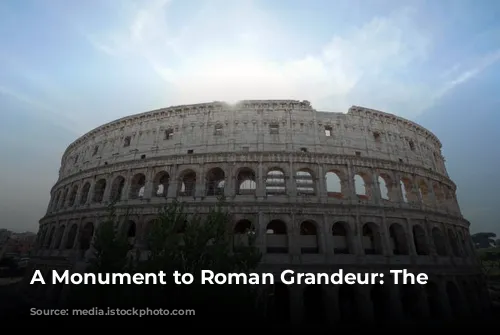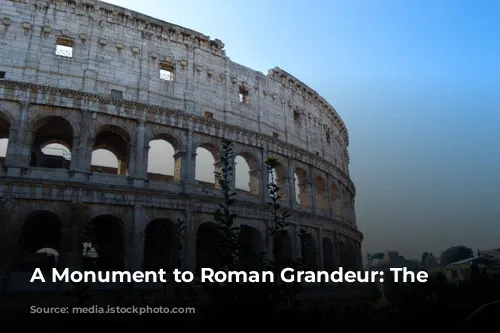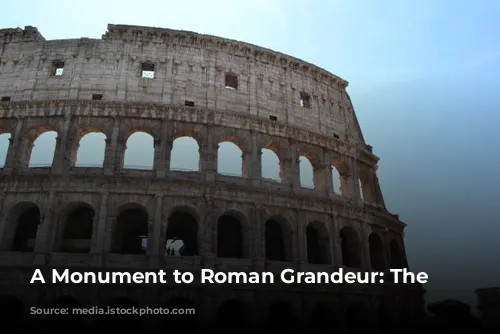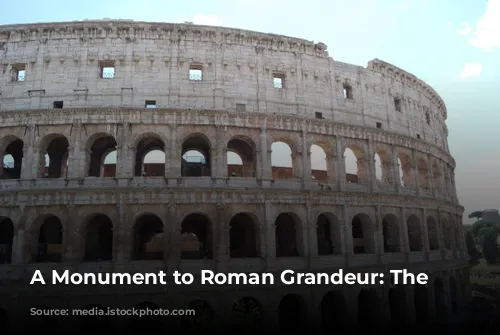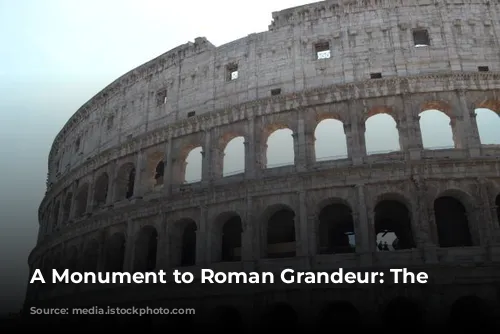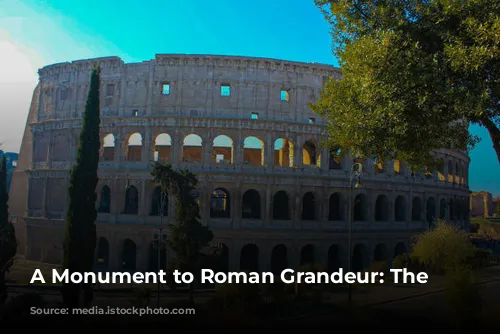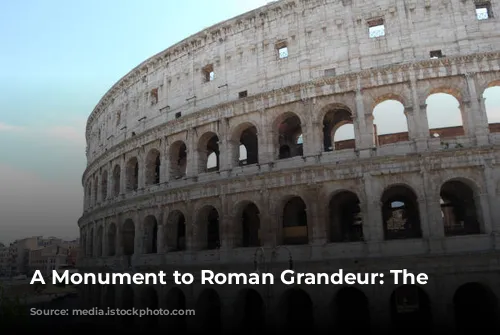The Colosseum, a towering testament to Roman architectural prowess, stands as one of the few largely intact structures from the ancient empire. Today, it stands as a beacon, attracting millions of visitors each year, and generating significant revenue for Italy. In 2018 alone, the Colosseum, Roman Forum, and Palatine Hill collectively generated over $63.3 million (€53.8 million), making them the highest-grossing tourist attractions in Italy.
This impressive structure is a marvel of engineering, but its journey has been fraught with both glory and neglect. After the fall of the Western Roman Empire, the Colosseum fell into disrepair, becoming a shadow of its former self. In the 12th century, it was repurposed as a fortress by powerful families like the Frangipane and Annibaldi. The 15th century saw the Colosseum being stripped of its valuable materials, used as a quarry. For over a thousand years, this iconic structure was left to crumble. It was only in the 1990s that state-funded restoration efforts began, breathing new life into this ancient marvel.
The Colosseum was born from an imperial desire to revitalize Rome after the tumultuous “Year of the Four Emperors” in 69 CE. Emperor Vespasian, like his predecessors, envisioned it as a grand entertainment venue, a place for gladiatorial combats, animal hunts, and even mock naval battles. Construction began in 70 CE, led by Vespasian, and was completed by his son and successor, Titus, in 80 CE. A final touch, the Colosseum’s fourth story, was added by Emperor Domitian in 82 CE. Interestingly, the construction of this monument was funded by the spoils of war, specifically from the plunder of Jerusalem in 70 CE. The workforce for the construction of the Colosseum was comprised of enslaved Jews from Judaea, adding another layer to the history of this iconic structure.
A Colossal Structure: Engineering and Design
The Colosseum, officially known as the Flavian Amphitheatre, stands as an imposing elliptical structure, constructed of stone, concrete, and tuff. At its highest point, it rises four stories high, measuring an astounding 620 by 513 feet (189 by 156 meters), and could accommodate up to 50,000 spectators. Famously, the Colosseum served as a stage for gladiatorial combat, a brutal but popular spectacle that captivated the Roman populace.
The Colosseum’s construction was a feat of engineering, utilizing a complex system of barrel vaults and groin vaults. The structure is an imposing sight, its exterior adorned with arcades framed by engaged columns in the Doric, Ionic, and Corinthian orders, a design that influenced Renaissance architectural trends. The Colosseum’s main structural framework and facade were built using travertine, with volcanic tufa forming the secondary walls. Concrete was used for the inner bowl and the arcade vaults, reflecting the Romans’ mastery of construction techniques.
A World of Spectacle: Entertainment and Audience
The Colosseum was designed to provide a unique experience for its audience, a spectacle that engaged all the senses. To shield spectators from the sun, a massive retractable awning, known as a velarium, was employed. This ingenious system relied on supporting masts, extending from corbels built into the Colosseum’s attic story, and required hundreds of Roman sailors to manipulate the rigging.
The Colosseum witnessed countless gladiatorial combats, fierce battles between men and animals, and even grand mock naval engagements. While the exact details remain shrouded in history, there is uncertainty about the Colosseum’s role in the martyrdom of early Christians. Despite the lack of concrete evidence, the Colosseum’s brutal history and the stories surrounding it have led to speculation about its use in the persecution of Christians.
From Glory to Neglect: The Colosseum Through the Centuries
In the centuries following its heyday, the Colosseum fell victim to neglect and destruction. During the medieval period, it was adapted for use as a church, and later, as a fortress for powerful Roman families. Over time, it suffered damage from natural events like earthquakes and lightning strikes, and from the rampant vandalism and pollution. Valuable materials like the marble seats and decorative elements were plundered, leaving the Colosseum stripped bare. For over a thousand years, it was treated as a mere quarry, its grandeur slowly eroded by time.
The Colosseum’s fate took a turn for the better in the 19th century, when preservation efforts began in earnest, led by Pope Pius VIII. A significant restoration project was launched in the 1990s, breathing new life into this ancient monument. Today, the Colosseum stands as a testament to the resilience of history, attracting millions of visitors annually. Changing exhibitions, showcasing the rich culture of ancient Rome, are regularly held, captivating audiences with stories of emperors, gladiators, and the grandeur of a bygone era.


